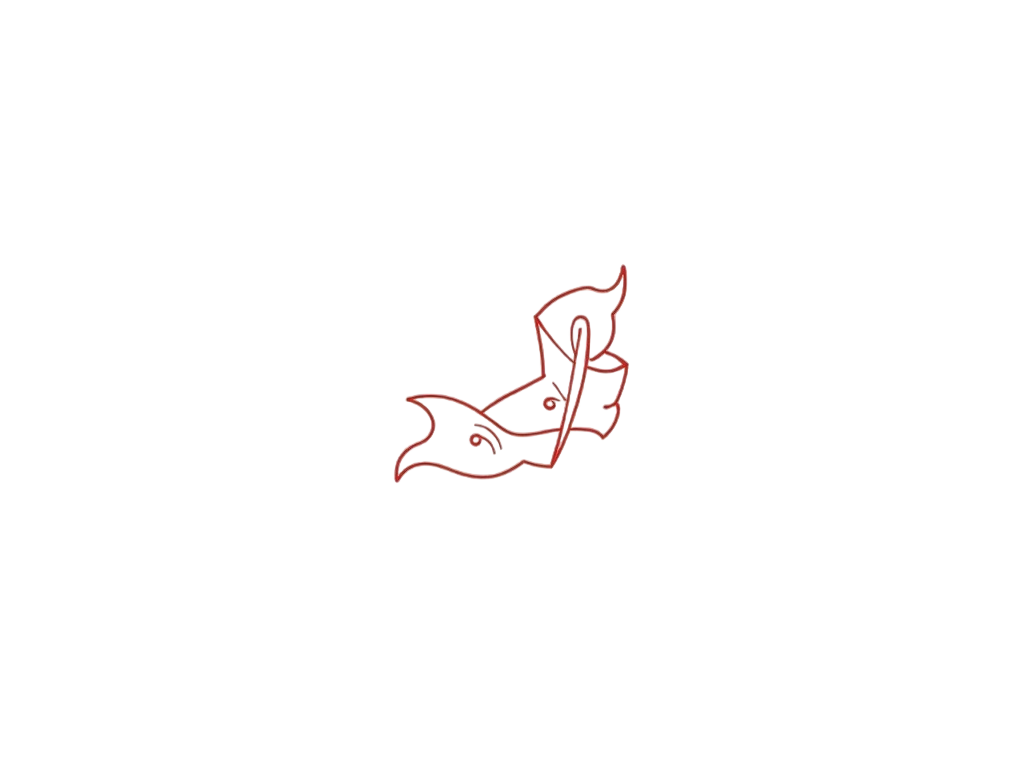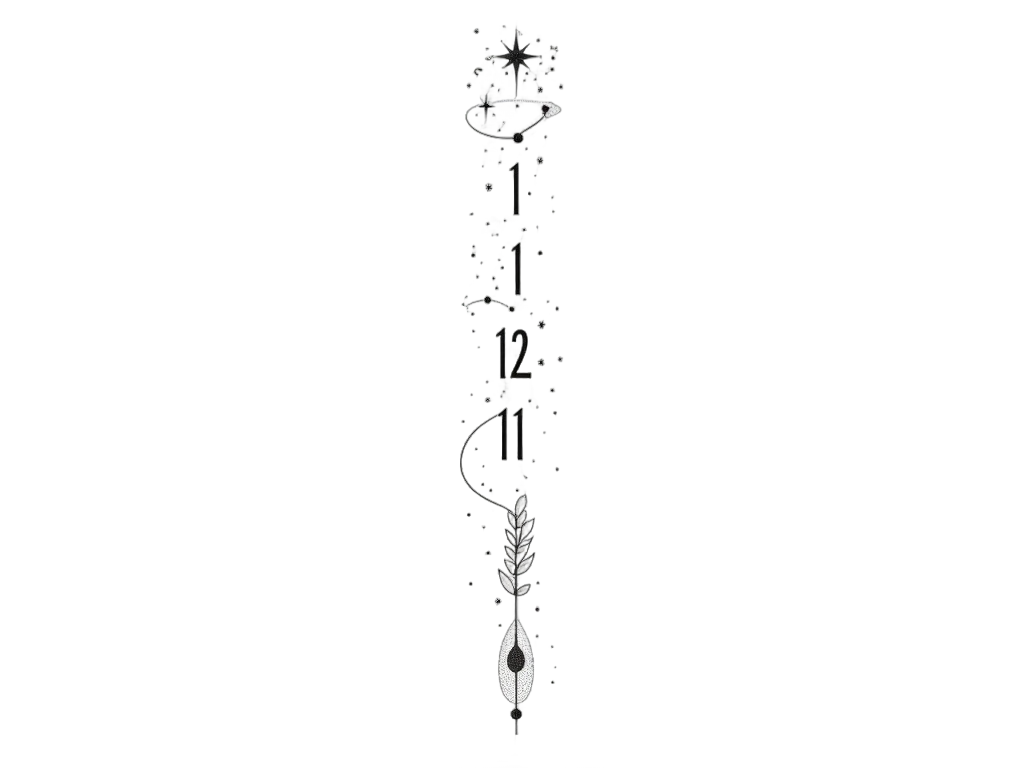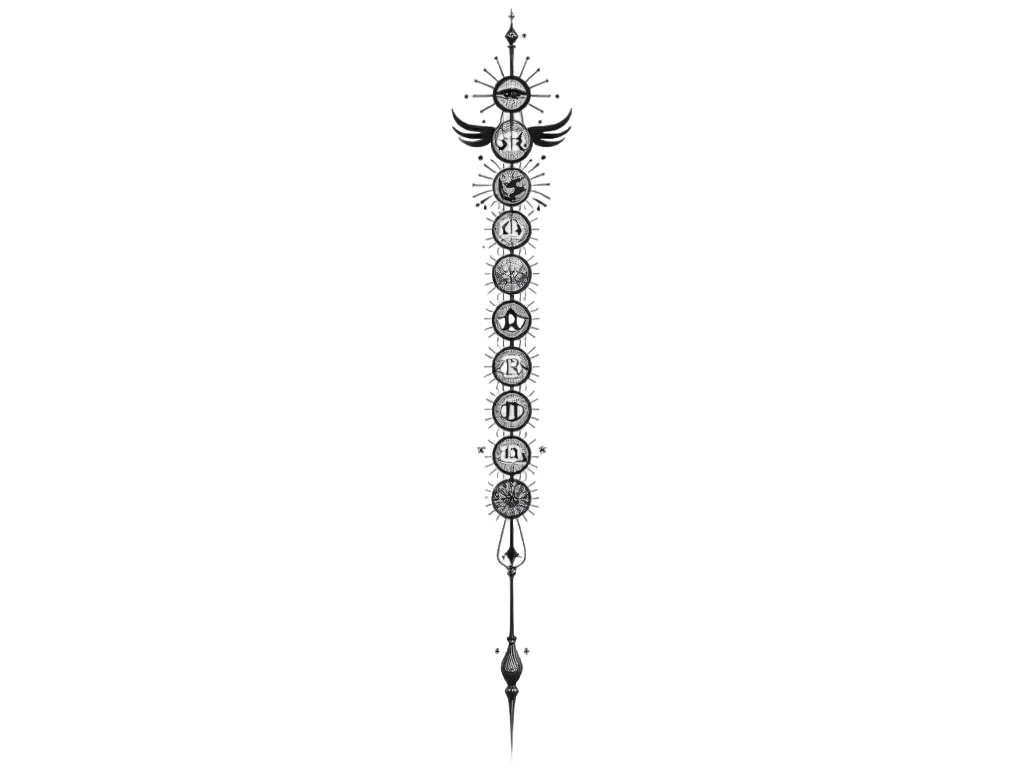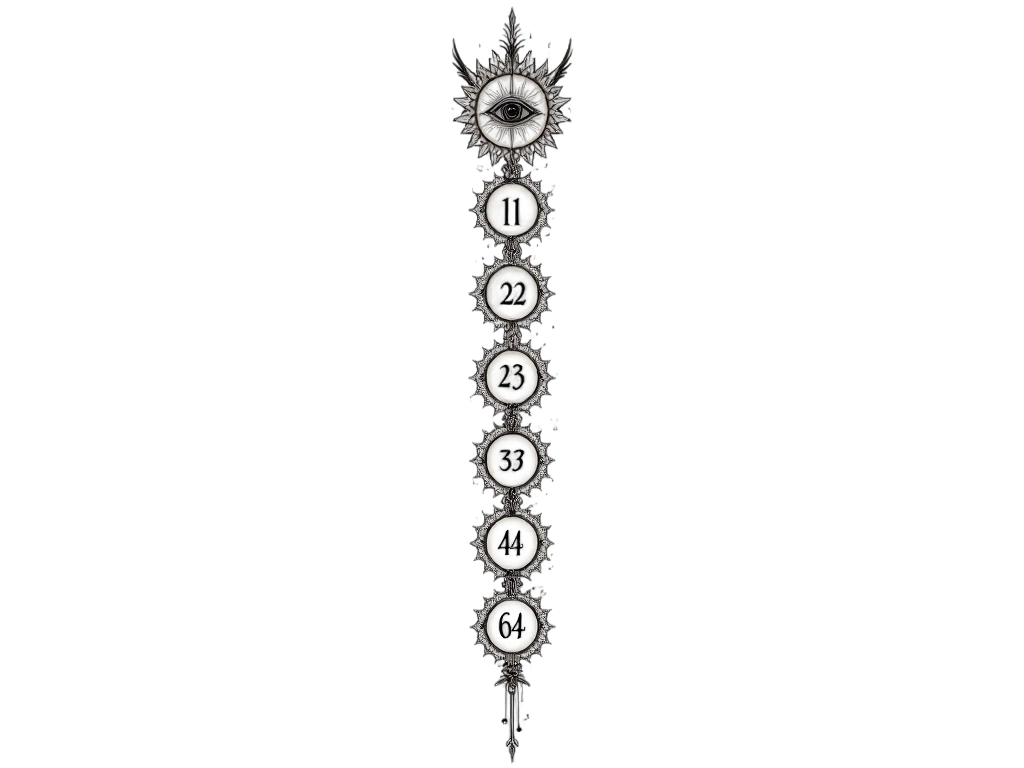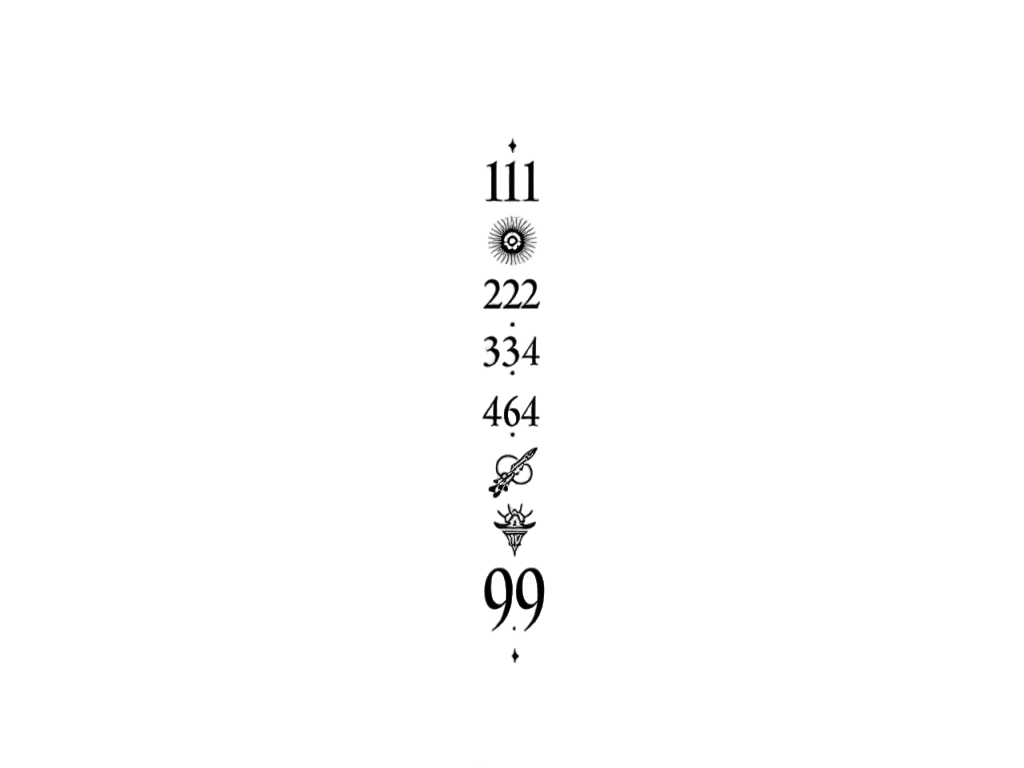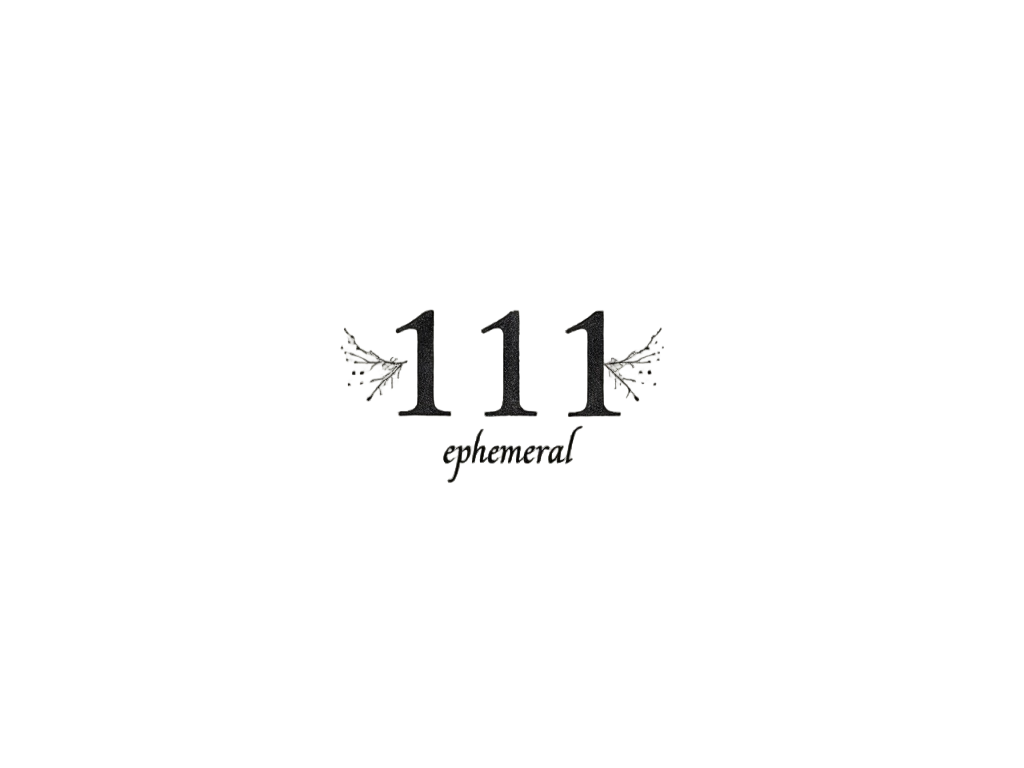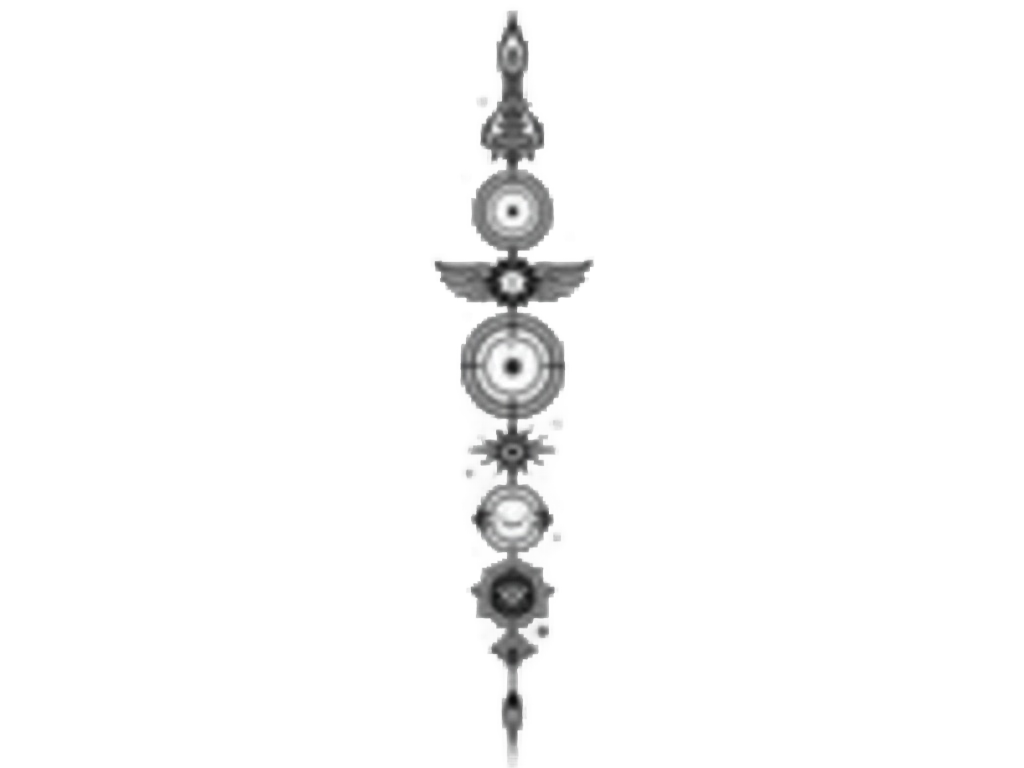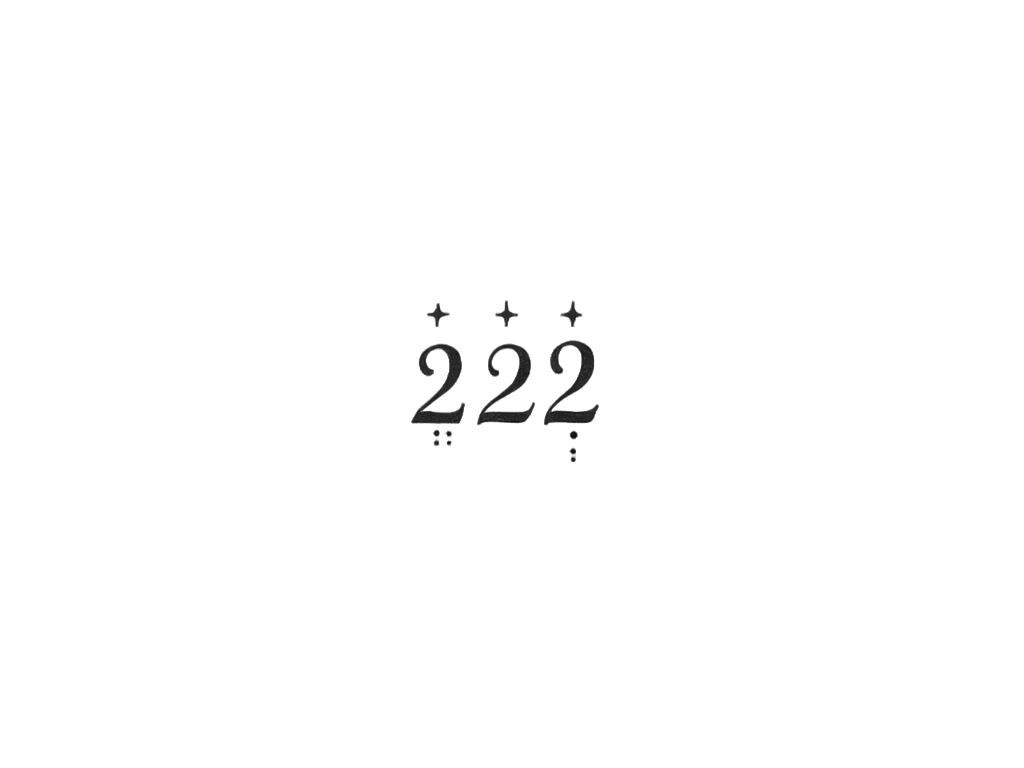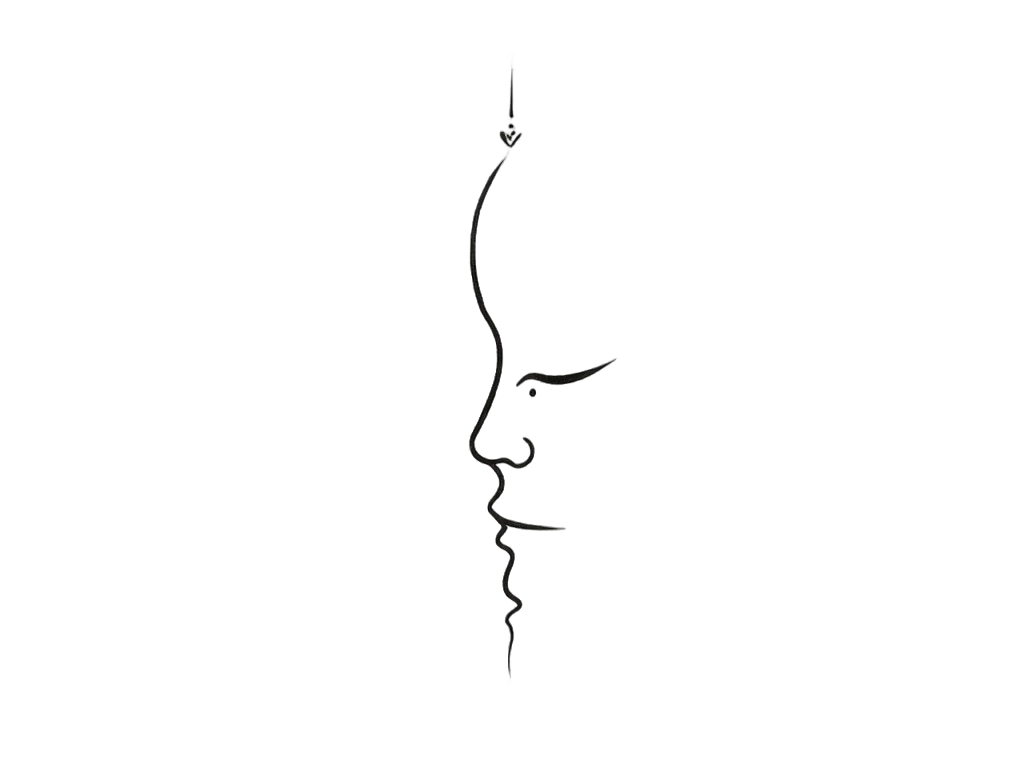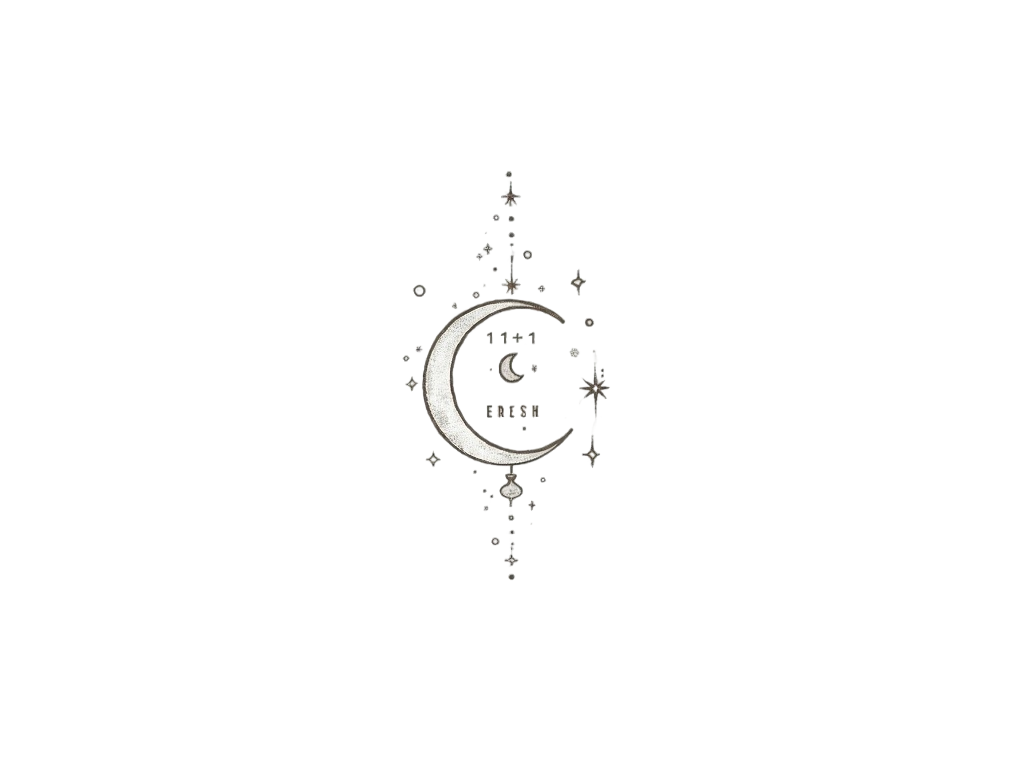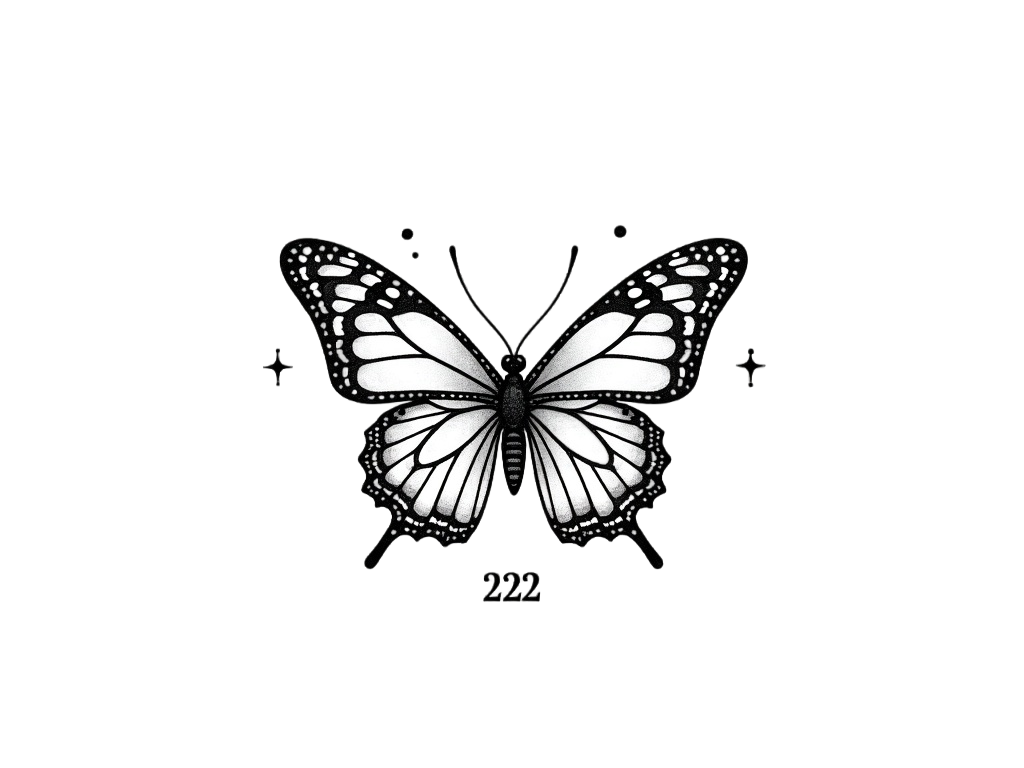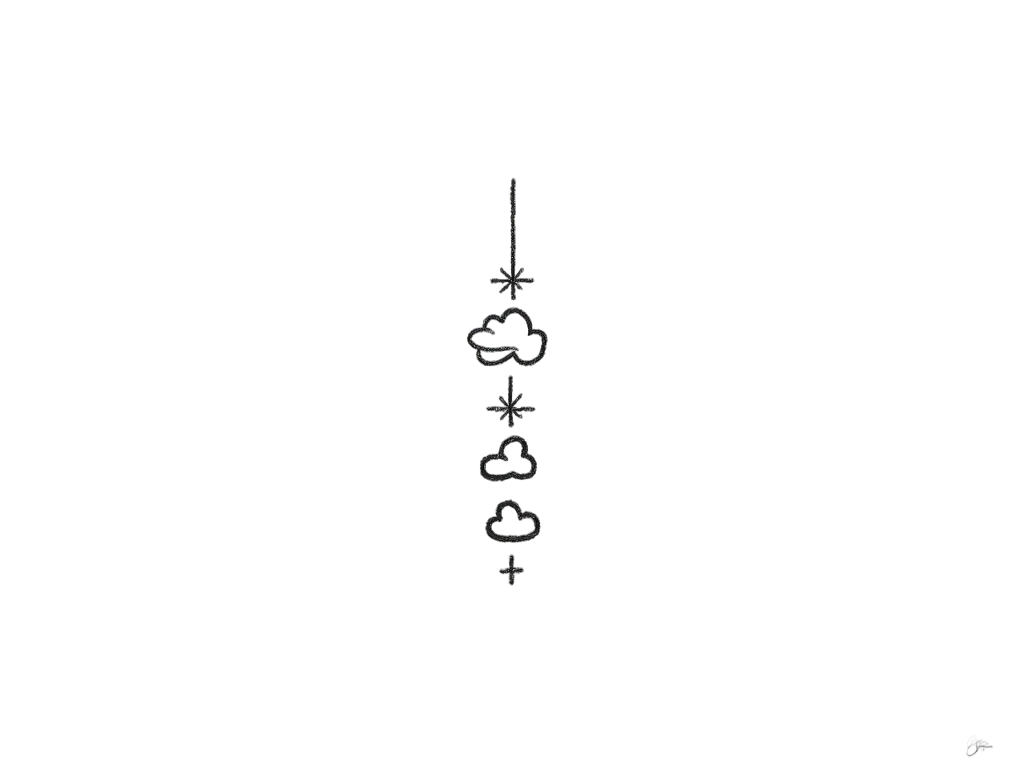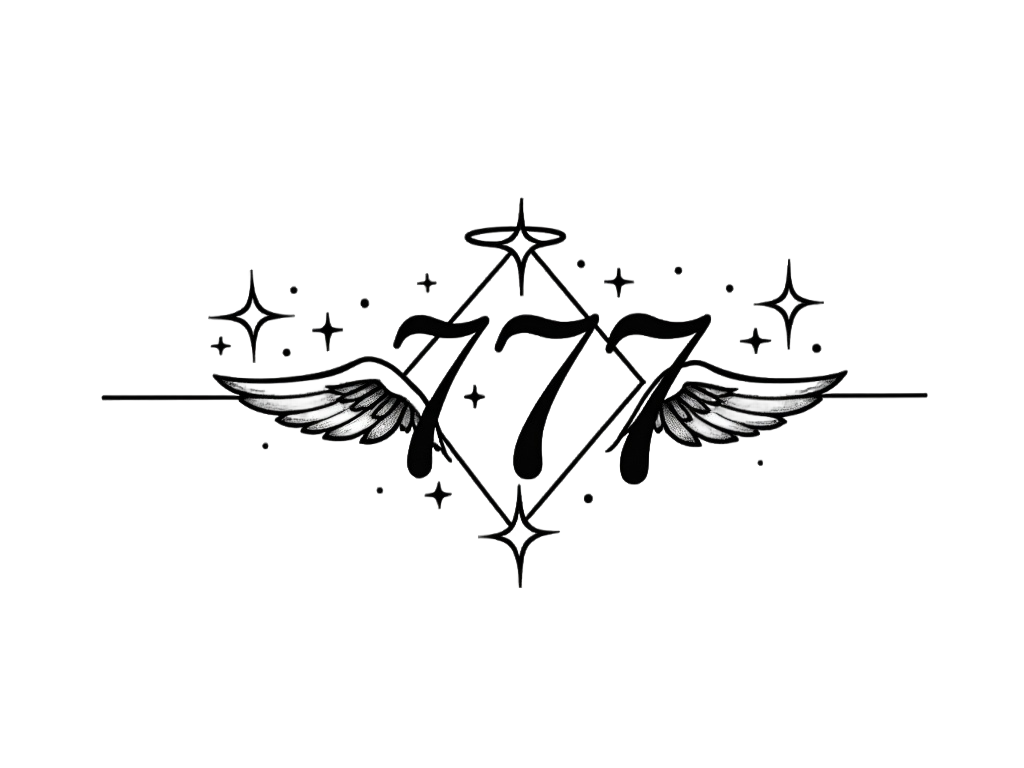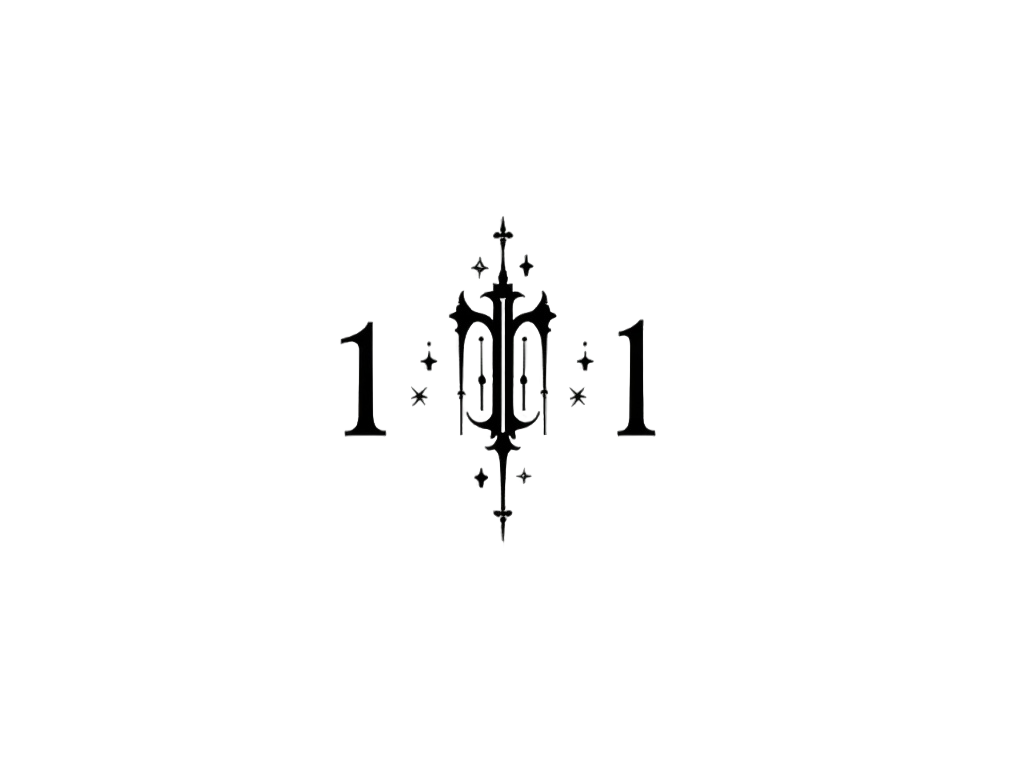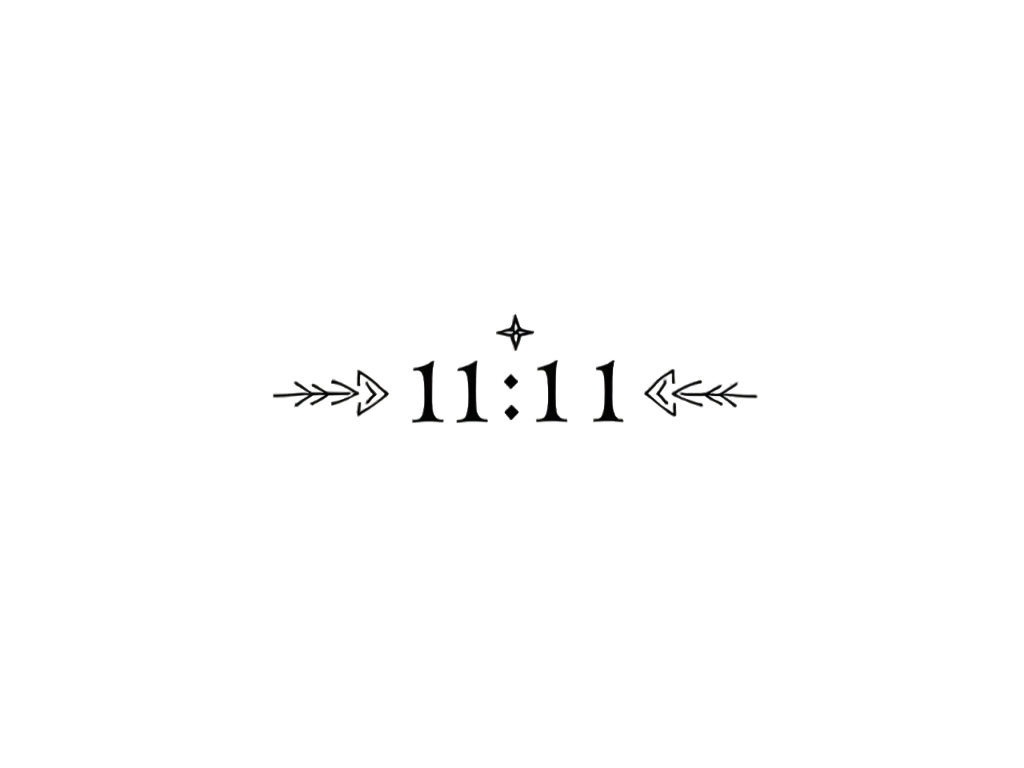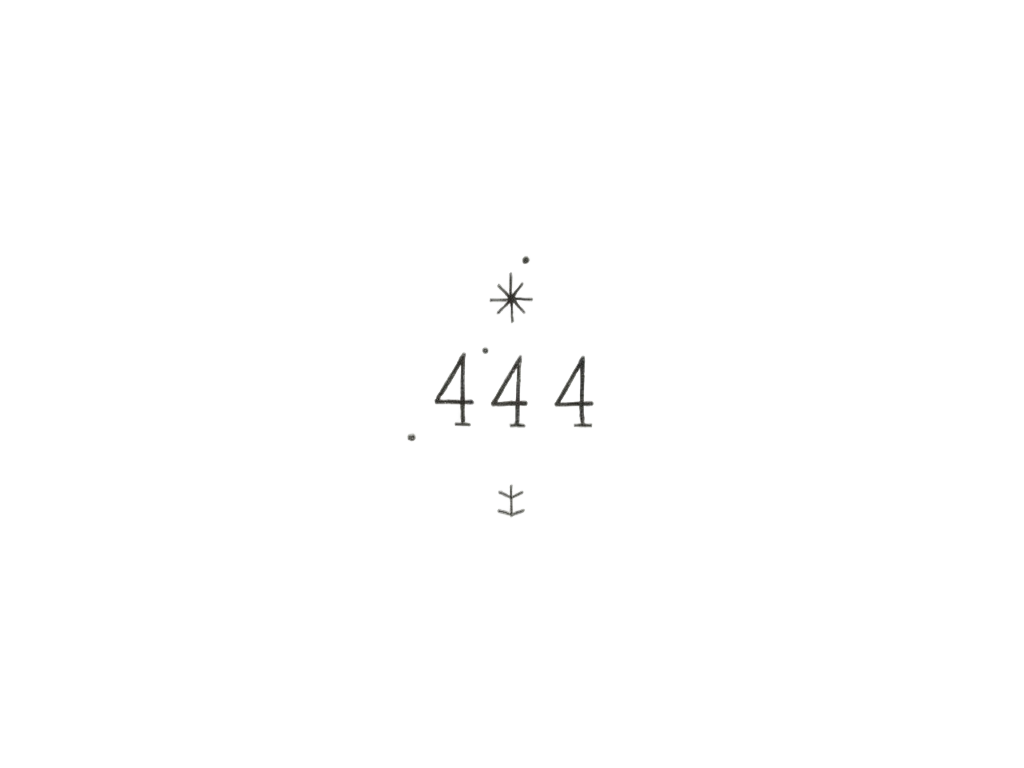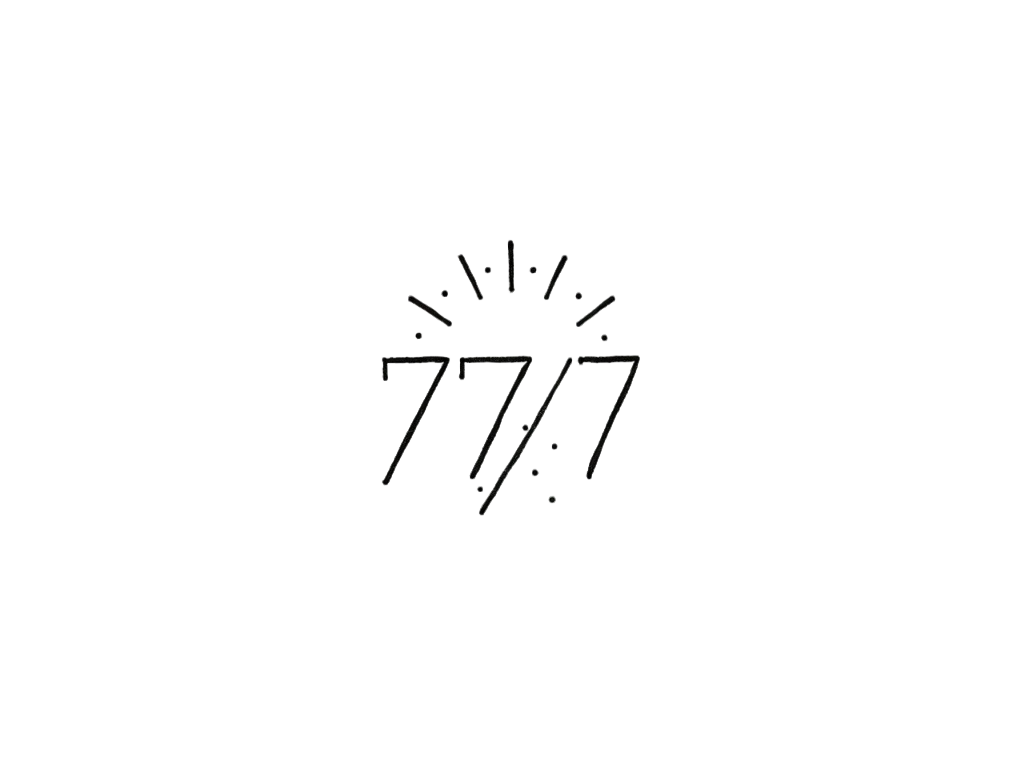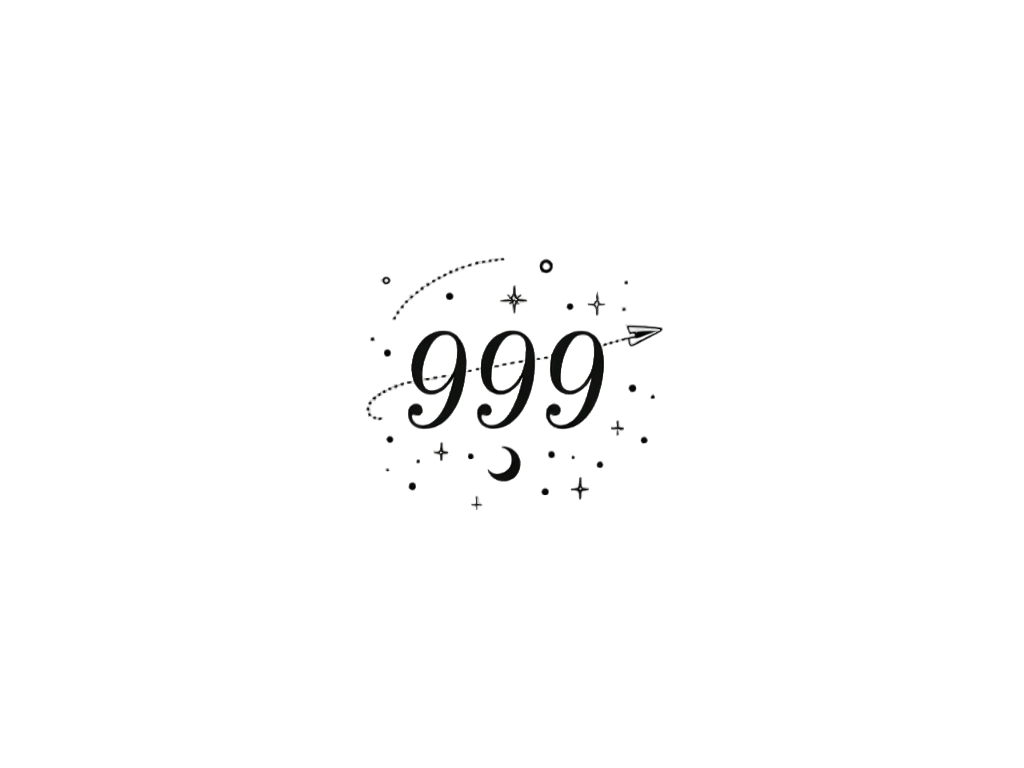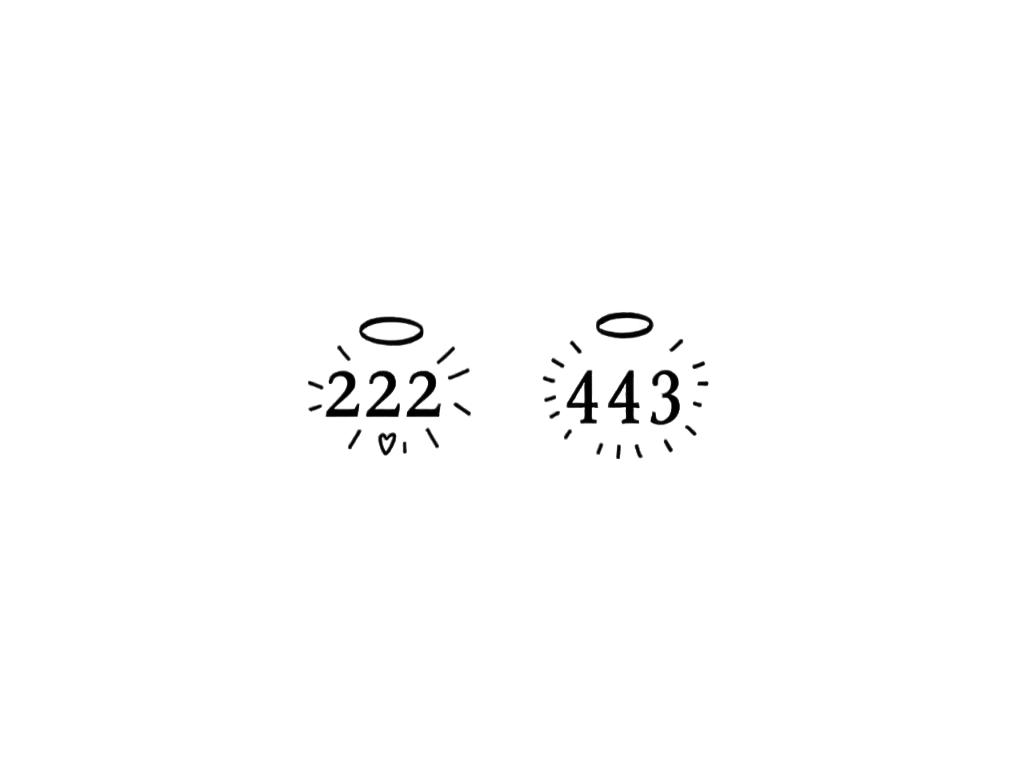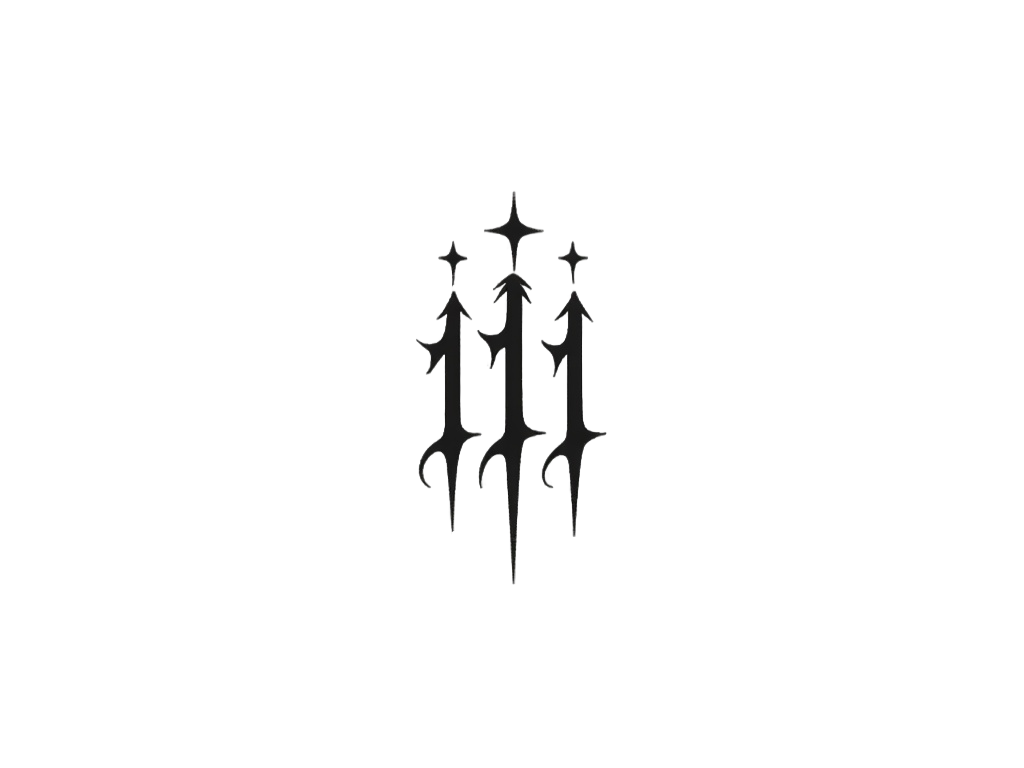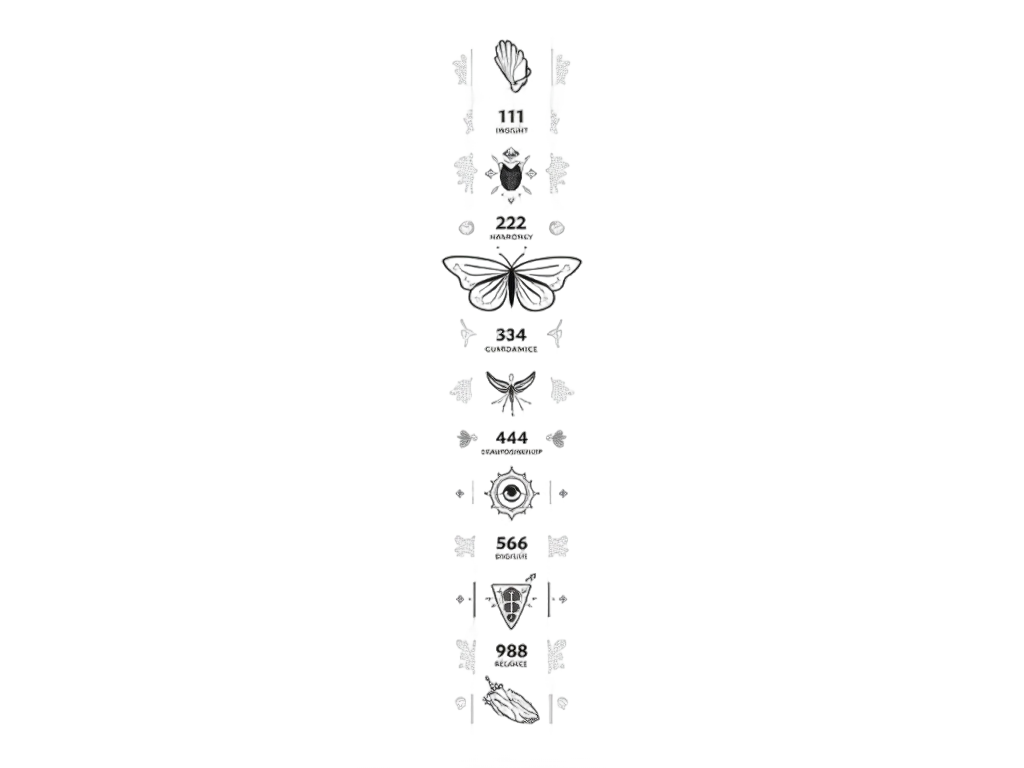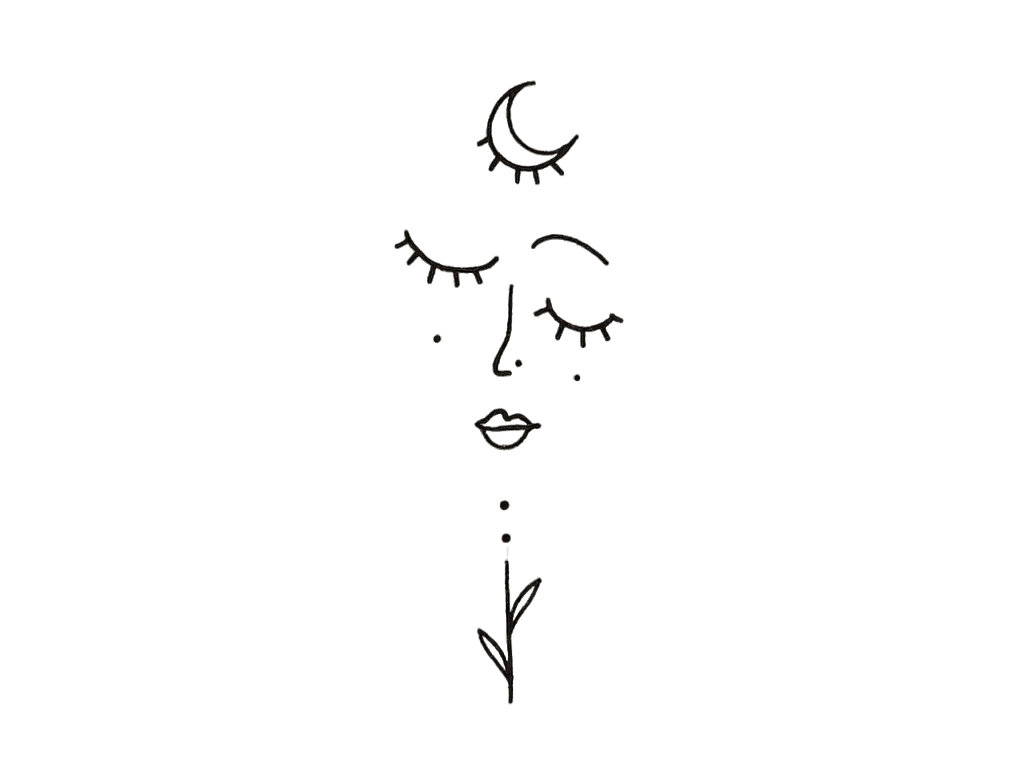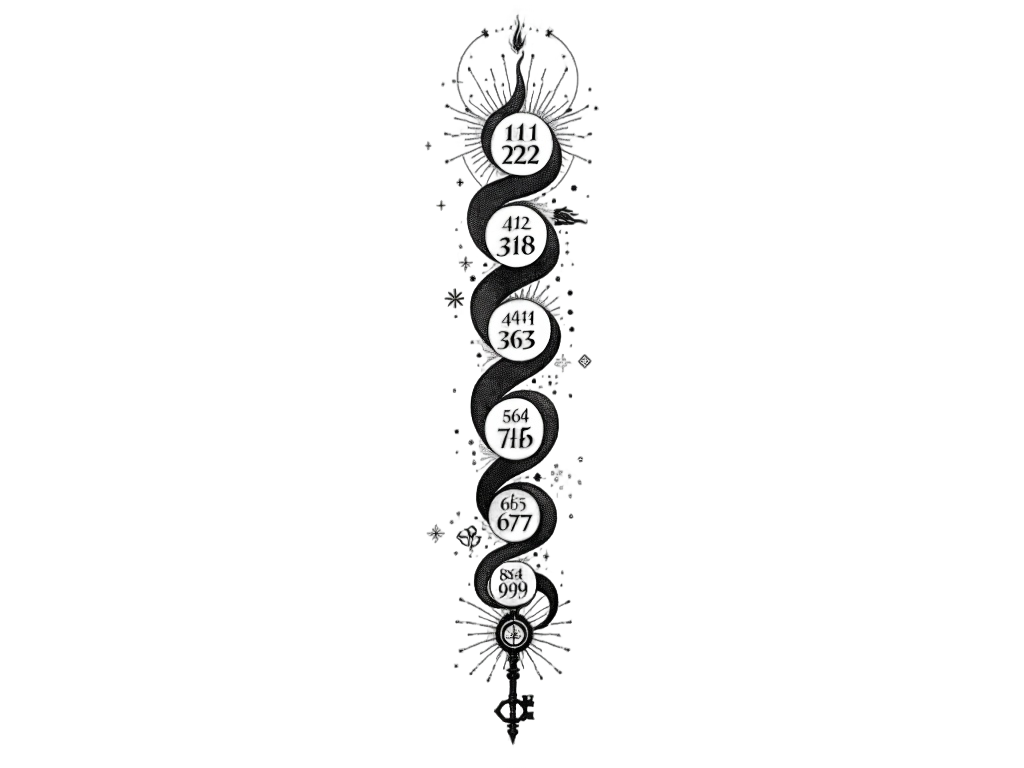Angel number Tattoo Ideas, Designs and Meaning
Meaning of Angel number Tattoos
- Angel number tattoos are inspired by numerology, where specific sequences of numbers are believed to carry spiritual significance.
- Commonly, these numbers are seen as messages from the universe or guardian angels, offering guidance and reassurance.
- Popular angel numbers include sequences like 111, 222, and 333, each with its own unique meaning, such as new beginnings, balance, and growth.
- Culturally, angel numbers are often associated with spirituality and personal enlightenment, resonating with those who seek a deeper connection to the metaphysical world.
- Historically, the concept of angel numbers is rooted in ancient numerology, which has been used for centuries to interpret the hidden meanings behind numbers.
- Angel number tattoos are typically gender-neutral and can be placed anywhere on the body, though common spots include the wrist, forearm, or behind the ear.
- These tattoos are often designed in a minimalist style, focusing on the simplicity and elegance of the numbers themselves.
- Many people choose angel number tattoos as a form of personal affirmation or as a reminder of their spiritual journey and personal growth.
- The choice of angel number can be deeply personal, reflecting an individual's unique experiences, aspirations, or spiritual beliefs.
2,587 Tattoo Ideas
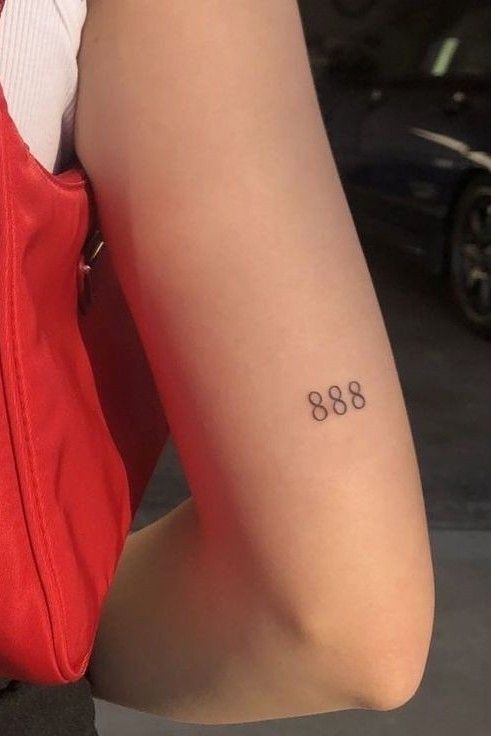

Angel Number Tattoo Carry Special Meaning?
Selection from Pinterest
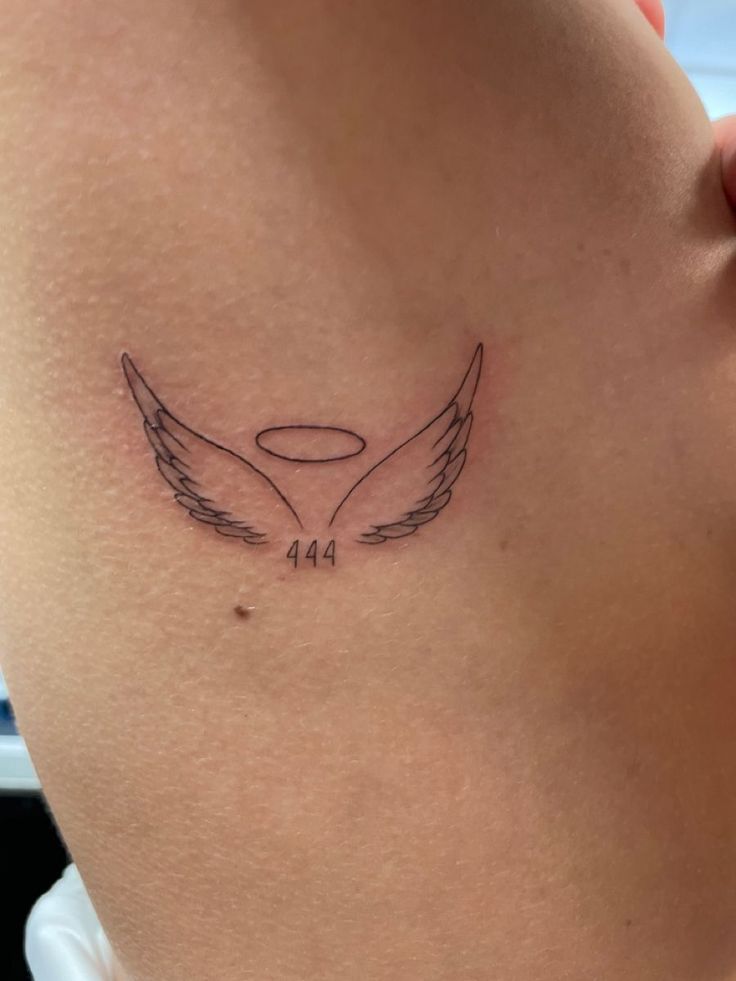

Angel Number Tattoo Carry Special Meaning?
Selection from Pinterest
![222 Angel Number Tattoo [ Small Tattoo Ideas ] | Tattoos, Number tattoos, Small tattoos](https://static.tatship.com/idea-page-posts/ad844df6-fb28-47b1-b6da-7edcfbca7599.jpg)

222 Angel Number Tattoo [ Small Tattoo Ideas ] | Tattoos, Number tattoos, Small tattoos
Selection from Pinterest
![222 Angel Number Tattoo [ Small Tattoo Ideas ]](https://static.tatship.com/idea-page-posts/44689a82-b735-4793-b8b2-68e8c978302b.jpg)

222 Angel Number Tattoo [ Small Tattoo Ideas ]
Selection from Pinterest


angel numbers x
Selection from Pinterest
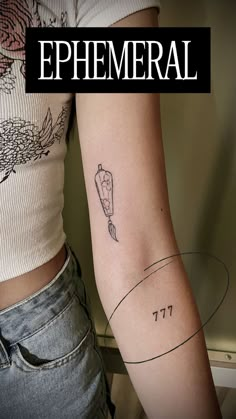

17 Angel Number Tattoos ideas | number tattoos, tattoos, faded tattoo
Selection from Pinterest
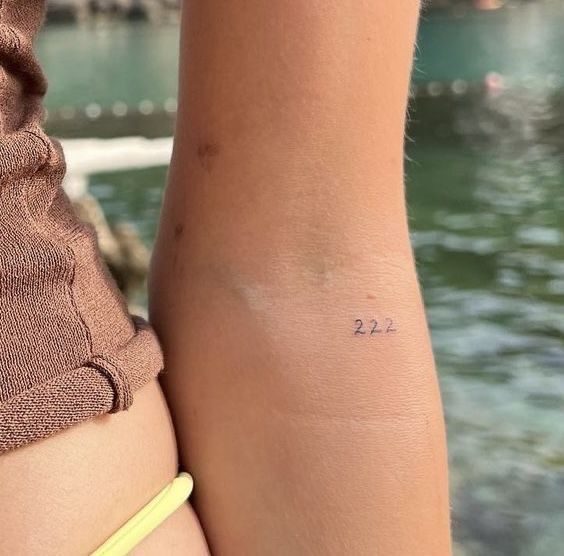

angel number tattoos
Selection from Pinterest
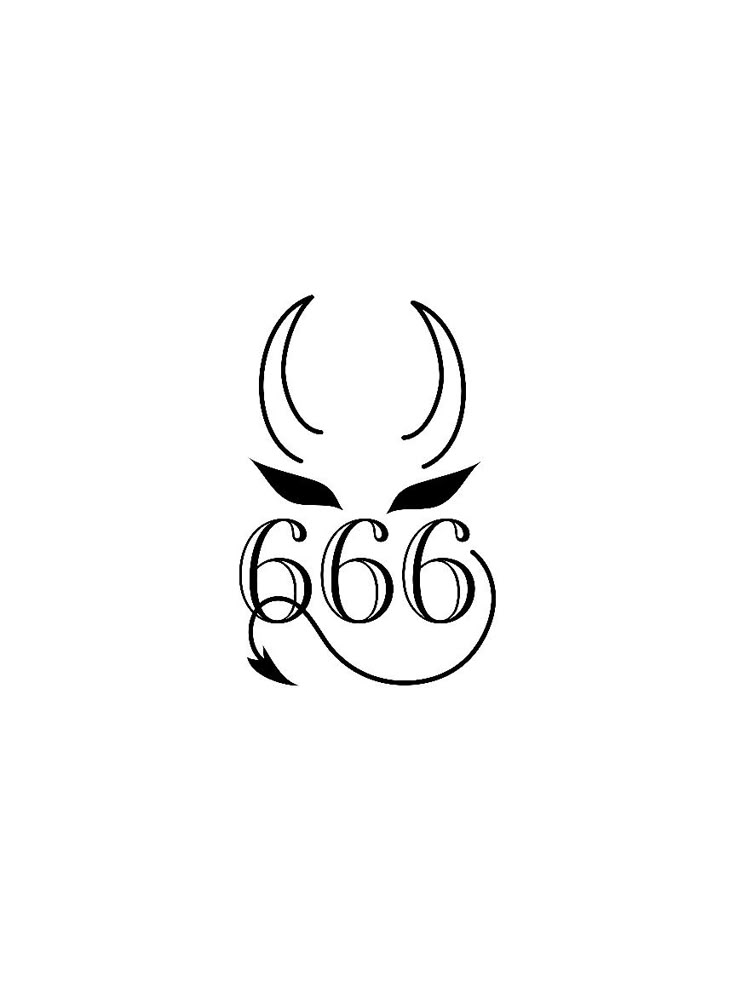

Angel number,666,angel number tattoo,tattoo,tattoo idea,666 tattoo,tats
Selection from Pinterest
![222 Angel Number Tattoo [ Small Tattoo Ideas ]](https://static.tatship.com/idea-page-posts/816ad3de-6a30-49c0-a2c5-d8aed63db56b.jpg)

222 Angel Number Tattoo [ Small Tattoo Ideas ]
Selection from Pinterest
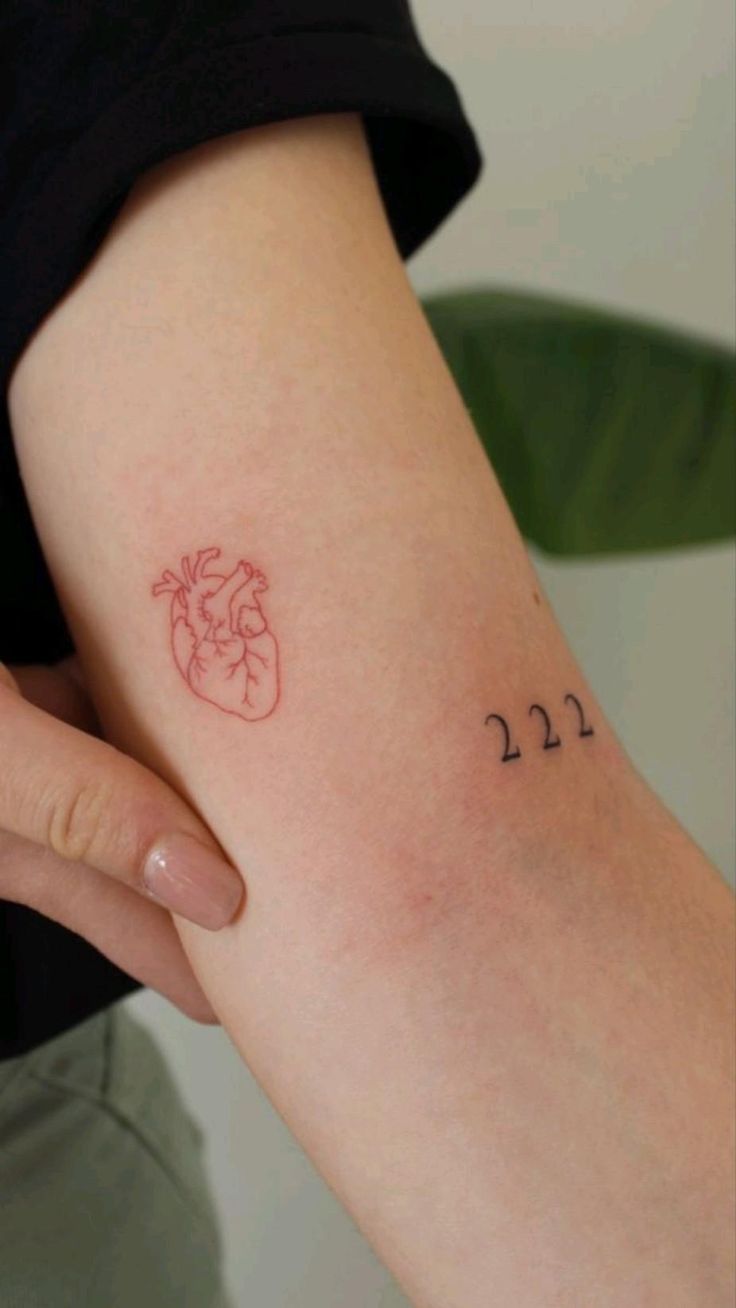

Angel Number Tattoo Carry Special Meaning?
Selection from Pinterest
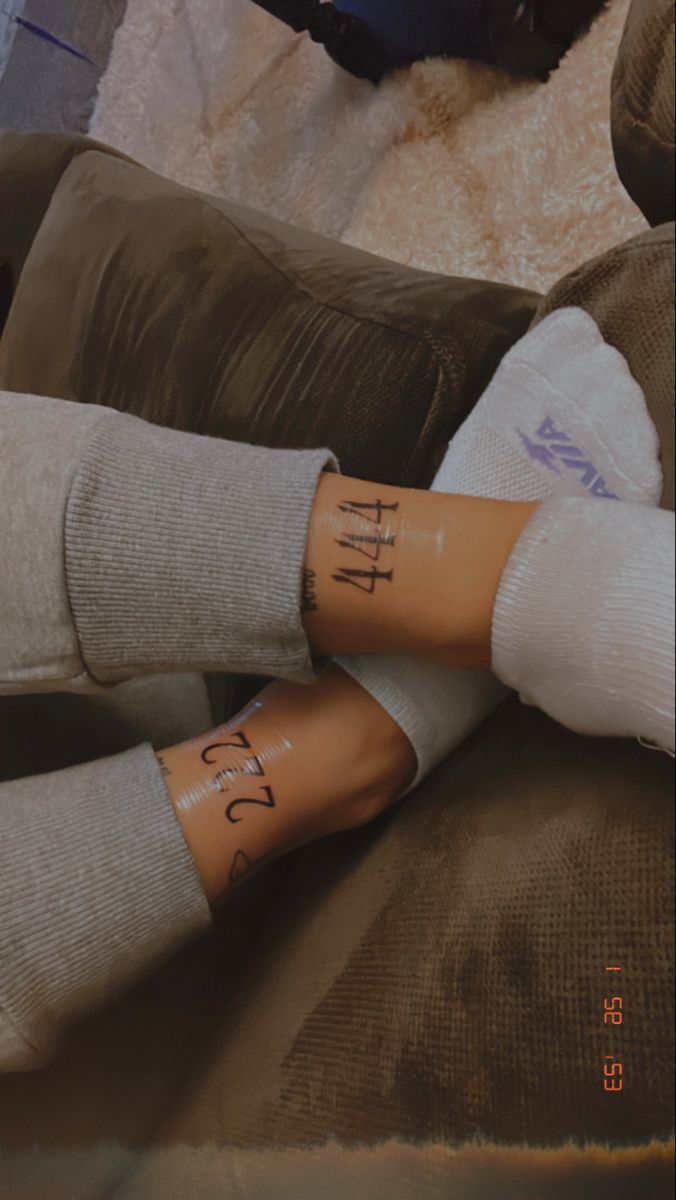

angel number tattoos
Selection from Pinterest


Discover 540 Angel Number Tattoos ideas on this Pinterest board | tattoos, number tattoos, small tattoos and more
Selection from Pinterest
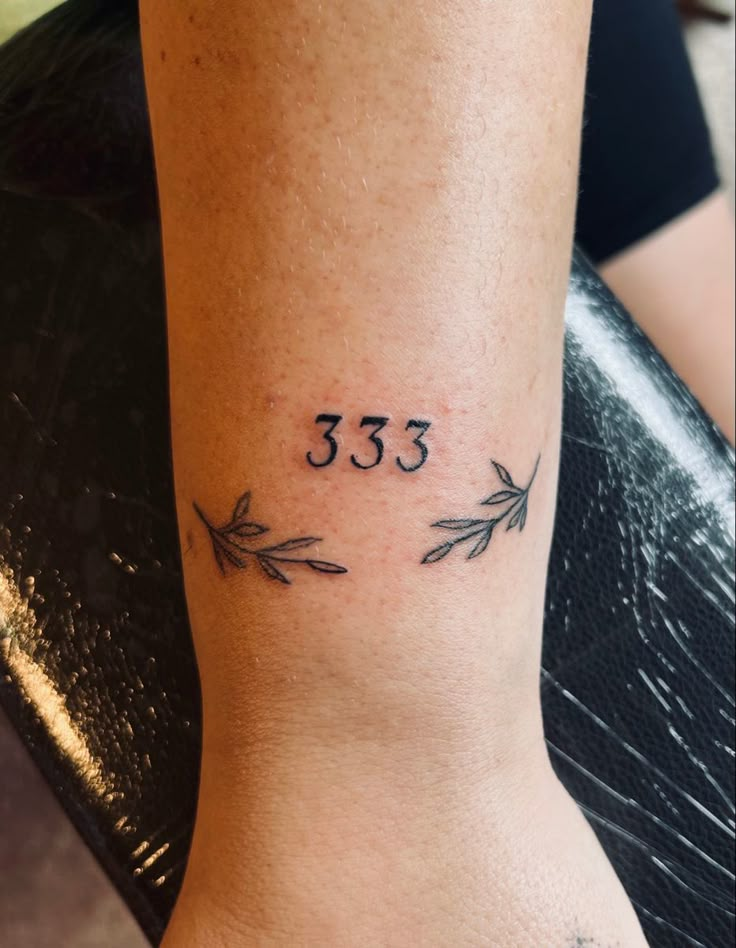

333 Angel numbers
Selection from Pinterest
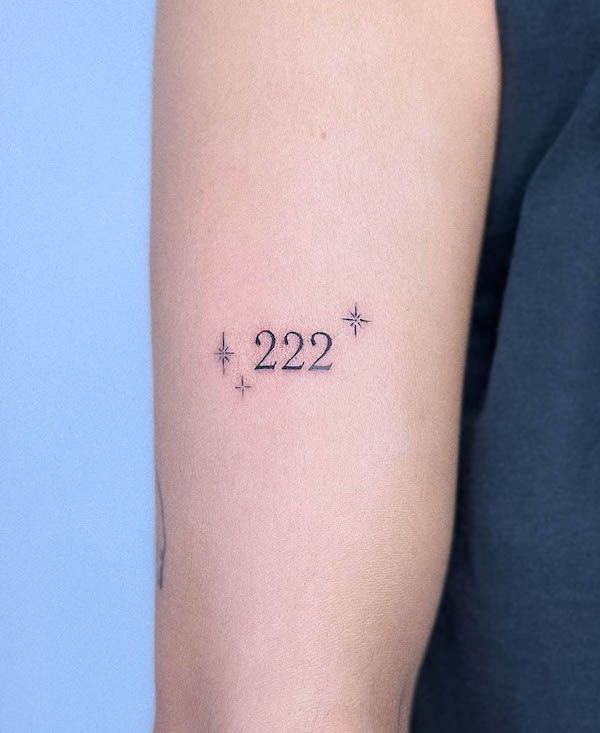

57 Spiritual Angel Number Tattoos with Meaning - Our Mindful Life
Selection from Pinterest
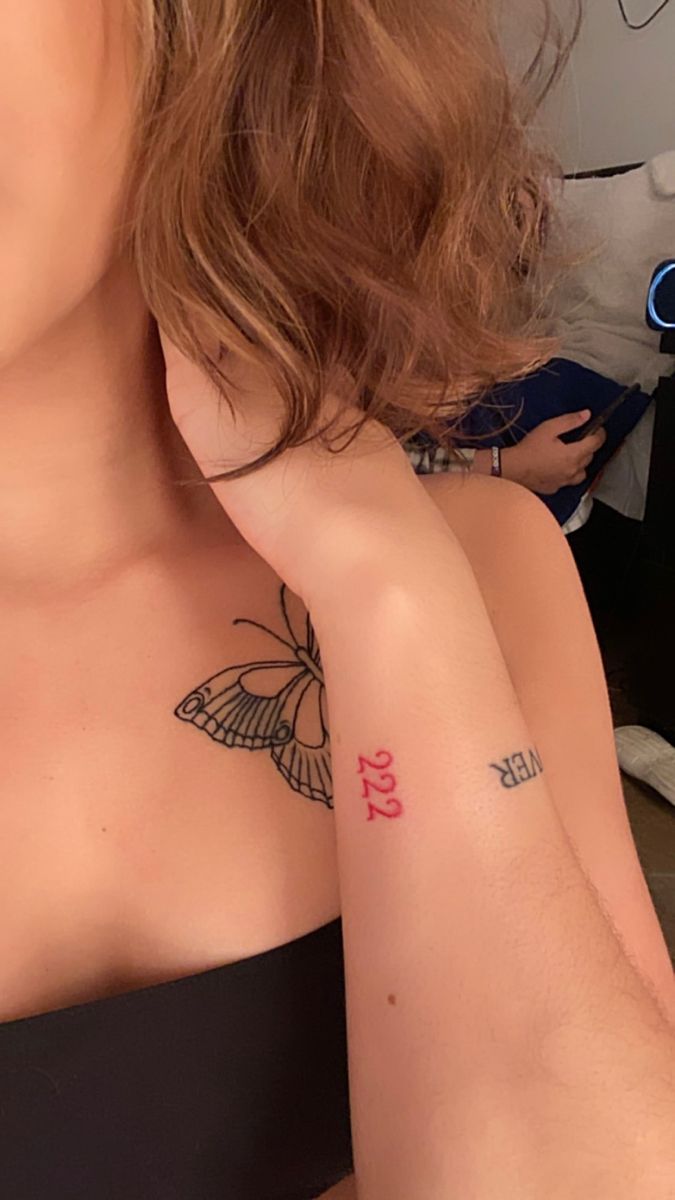

angel number tattoo
Selection from Pinterest
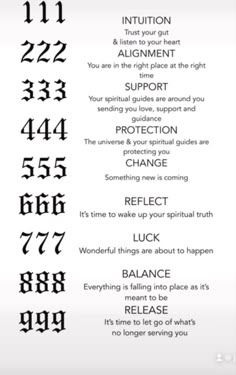

9 Angel number tattoos ideas | number tattoos, simplistic tattoos, inspirational tattoos
Selection from Pinterest
![222 Angel Number Tattoo [ Small Tattoo Ideas ]](https://static.tatship.com/idea-page-posts/bac40540-28d0-417f-8751-4345a7e07ef9.jpg)

222 Angel Number Tattoo [ Small Tattoo Ideas ]
Selection from Pinterest
![222 Angel Number Tattoo [ Small Tattoo Ideas ]](https://static.tatship.com/idea-page-posts/3e760ade-5528-47e6-bb28-a4542db6c3f2.jpg)

222 Angel Number Tattoo [ Small Tattoo Ideas ]
Selection from Pinterest
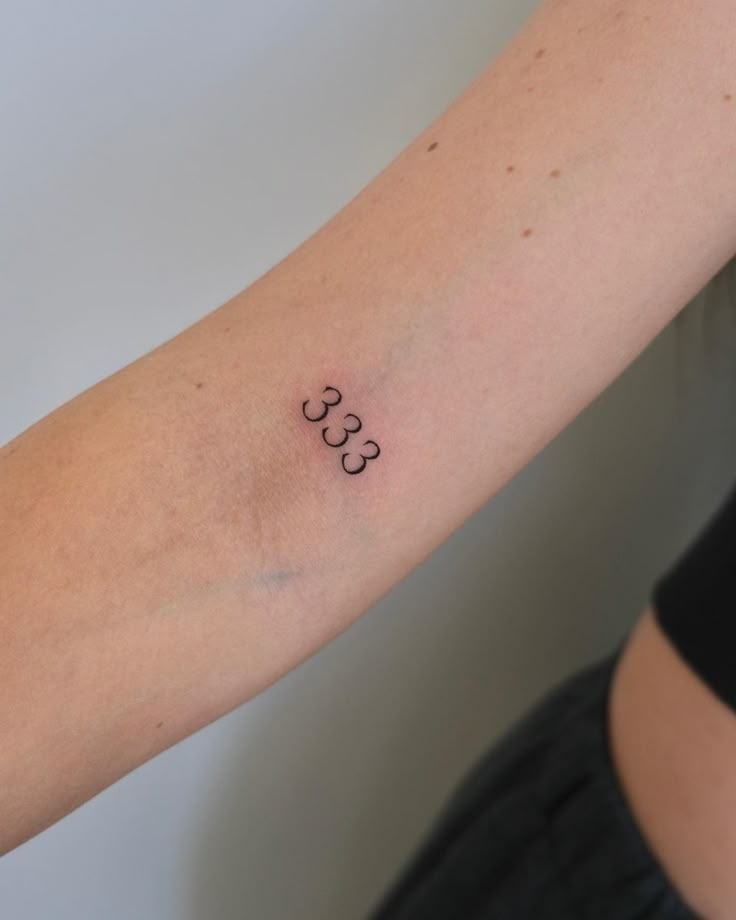

333' Angel Number Tattoo on the Inner Elbow: Angel's Message
Selection from Pinterest
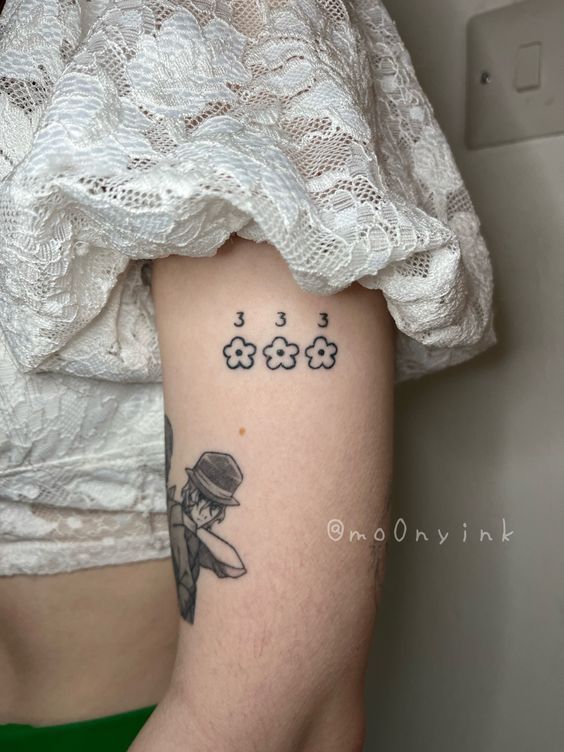

Celestial Sequences: 19 Angel Number Tattoo Ideas for 2025
Selection from Pinterest
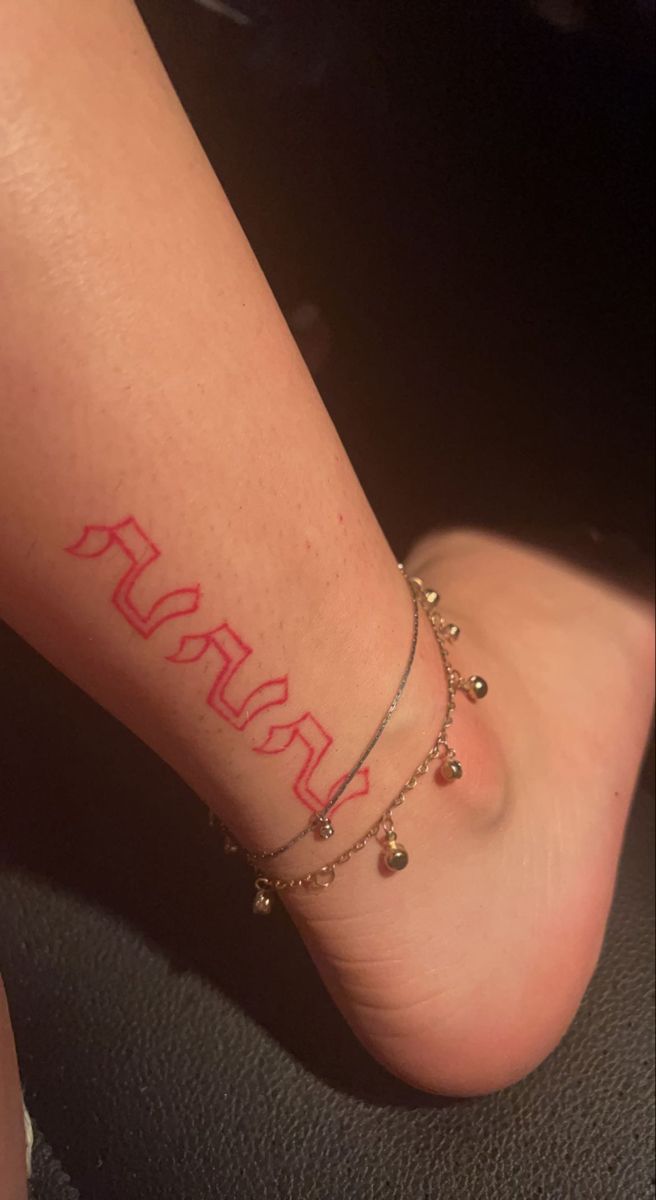

Angel number tattoo
Selection from Pinterest
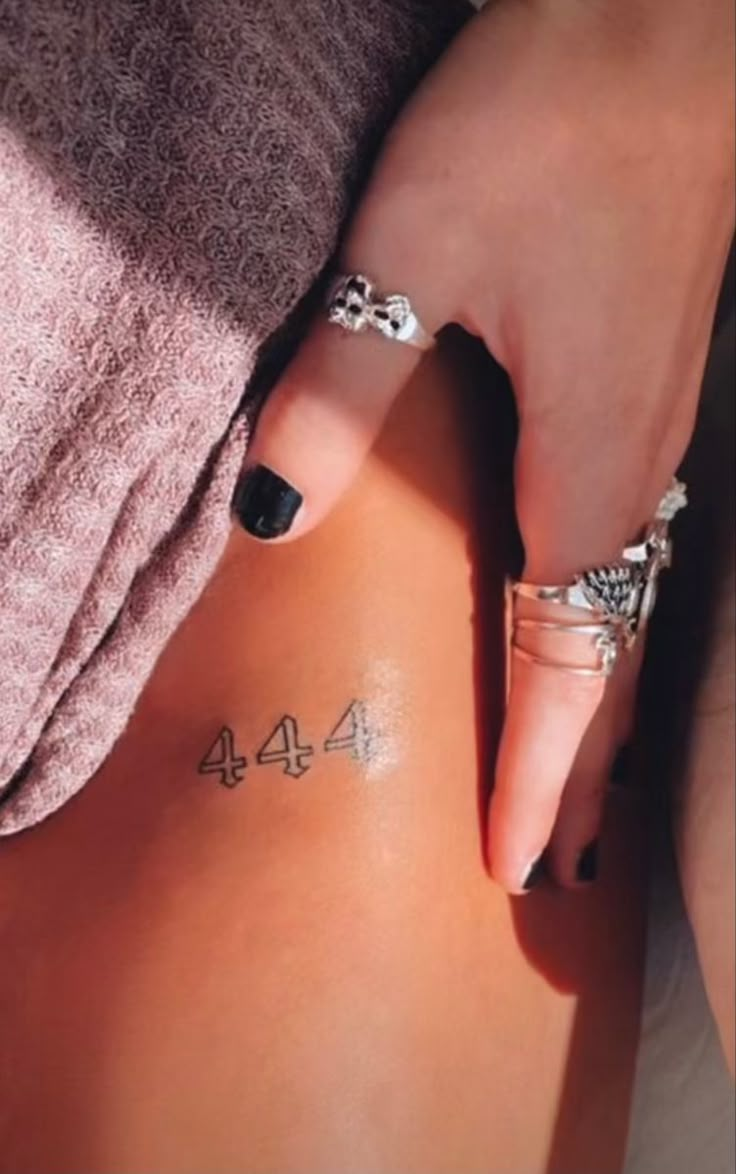

angel number tattoo
Selection from Pinterest
![222 Angel Number Tattoo [ Small Tattoo Ideas ]](https://static.tatship.com/idea-page-posts/f5e4fe47-b74a-4709-a41a-30b782642f5a.jpg)

222 Angel Number Tattoo [ Small Tattoo Ideas ]
Selection from Pinterest
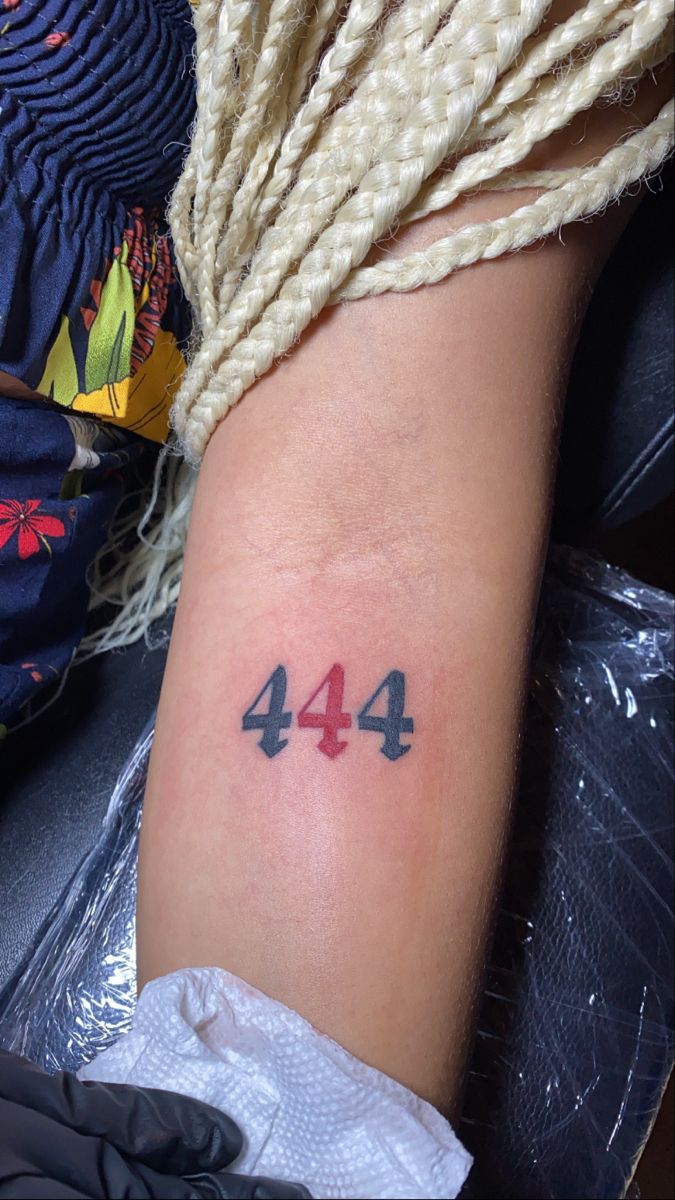

Angel numbers tattoo
Selection from Pinterest
One App to Store All Your Tattoo Ideas
Store your tattoo ideas in one place and Virtual Try-On them on your body!

Avoid Regrets with 3D Virtual Try-On!
Do a 3D Virtual Try-On to see how your tattoo design looks like on your body before you get it tattooed. Powered by Tatship's AI and 3D technology.



Cultural Considerations and Taboos for Angel number Tattoos
While angel number tattoos are generally well-received, there are some cultural sensitivities to consider. In certain cultures, specific numbers may have negative connotations. For instance, the number 4 is considered unlucky in Chinese culture because it sounds like the word for 'death.' Therefore, a tattoo featuring the number 444 might be seen as inauspicious. Additionally, some religious groups may view tattoos as taboo or inappropriate, regardless of the design. It's important to be aware of these cultural nuances and respect the beliefs of others when choosing an angel number tattoo.
Popular Tattoo Styles and Variations for Angel number Tattoos
Angel number tattoos can be designed in a variety of styles to suit personal preferences. Popular styles include minimalist designs, where the numbers are inked in a simple, clean font. Some people opt for more elaborate designs, incorporating elements like angel wings, halos, or celestial motifs to enhance the spiritual theme. Script or calligraphy styles are also favored for their elegant appearance. Watercolor tattoos can add a splash of color and creativity, while geometric designs offer a modern and abstract interpretation. The choice of style often reflects the individual's personality and the specific meaning they associate with the angel number.
Historical Origins and Evolution of Angel number Tattoos
The concept of angel numbers is relatively modern, emerging from the broader field of numerology, which has ancient roots. Numerology has been practiced for thousands of years, with origins in ancient Egypt, Greece, and China. The idea that numbers hold mystical significance can be traced back to Pythagoras, the Greek philosopher who believed that numbers were the essence of all things. However, the specific term 'angel numbers' and the practice of interpreting them as messages from angels is a more contemporary development, gaining popularity in the late 20th and early 21st centuries through the New Age movement.
